Agents persons, peoples and institutions
- d. 550s
Béccán mac Cúla See: Béccán of Emlagh
- Clúain Ard Mo Béccóc
- supp. fl. 6th century
- Imlech Beccáin
- s. xx–xxi
- 1924–2004
- d. 735
- d. 1642
- Kilmore, Co. Cavan
- 1937–2017
Begley (Conor) See: Conchobhar Ó Beaglaoich
Béinne Britt See: Benne Brit
Public library, which opened in Royal Avenue in 1888, then as the Free Public Library, and was originally run by Belfast Corporation (for some time as part of Belfast Free Public Library, Art Gallery and Museum). Since 2009, it is run by Libaries NI (Northern Ireland Library Authority). In 1989, it acquired Irish-language manuscripts (Bryson & MacAdam manuscripts) which were previously owned by the Belfast Natural History and Philosophical Society and kept for some time in the Ulster Museum.


